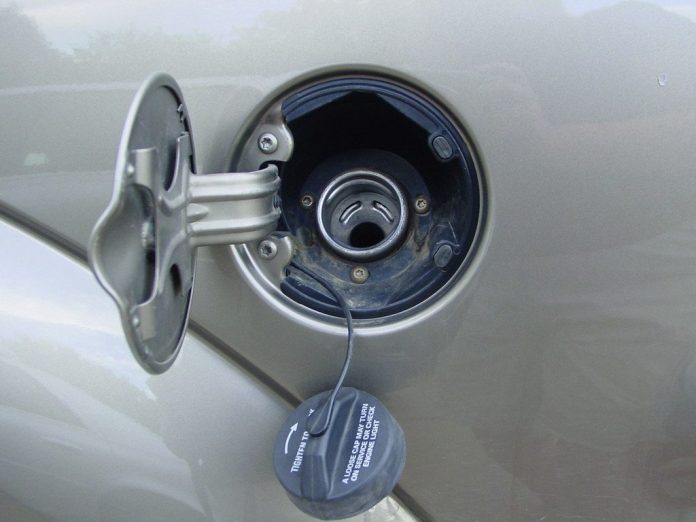
Driving, to many, is a rhythmic harmony between man and machine. An integral part of this harmony is the engine, the heart of your car. And just like our hearts need clean blood for efficient functioning, the engine requires clean fuel. Unfortunately, your vehicle’s fuel tank can accumulate dirt and other impurities over time, and this can spell disaster for your engine’s performance.
Understanding the dirt in fuel tank symptoms can help you maintain the smooth running of your vehicle and prolong its life. Before we delve into Why and How to Clean Your Car’s Fuel Tank.
Why Is It Important to Keep Your Car Clean?

Cleaning your car is not just about maintaining its aesthetics. A clean car promotes improved performance, higher resale value, and a more enjoyable driving experience. Among the overlooked parts of our vehicle, the fuel tank holds a special place, and here’s why.
Engine Performance

A clean fuel tank ensures an unhindered flow of clean fuel to the engine, essential for optimal performance. Foreign substances like dirt, rust, or sludge can clog the fuel lines, impeding the flow of fuel and hampering the car’s performance.
Fuel Efficiency
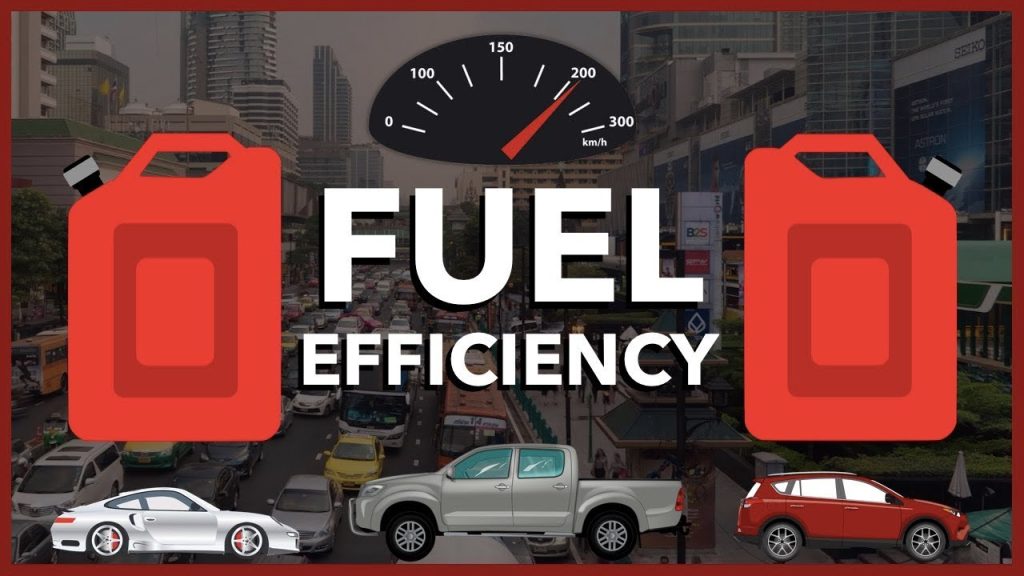
Dirty fuel tanks can lead to clogs in the fuel system, which means your engine has to work harder to draw fuel. This increased effort translates into higher fuel consumption, hence reduced fuel efficiency.
Increased Lifespan

Maintaining a clean fuel tank reduces the likelihood of clogs and rust that can cause premature wear and tear on your car’s engine and fuel system, thus extending the vehicle’s lifespan.
How to Clean Fuel Tank Inside
Now that we understand why you should keep your car clean, particularly the fuel tank, let’s dive into the nitty-gritty of how to clean your car’s fuel tank.
Empty the Fuel Tank

The first step is to ensure the fuel tank is empty. You can either run the car until the tank is dry or manually siphon the fuel out of the tank.
Remove the Fuel Tank

This step might be a bit challenging, but necessary for a thorough clean. First, disconnect all fuel lines and attachments from the tank. Afterward, carefully remove the tank from the car. It’s always advisable to refer to the vehicle’s manual or a reputable guide to avoid any damage.
Clean the Tank
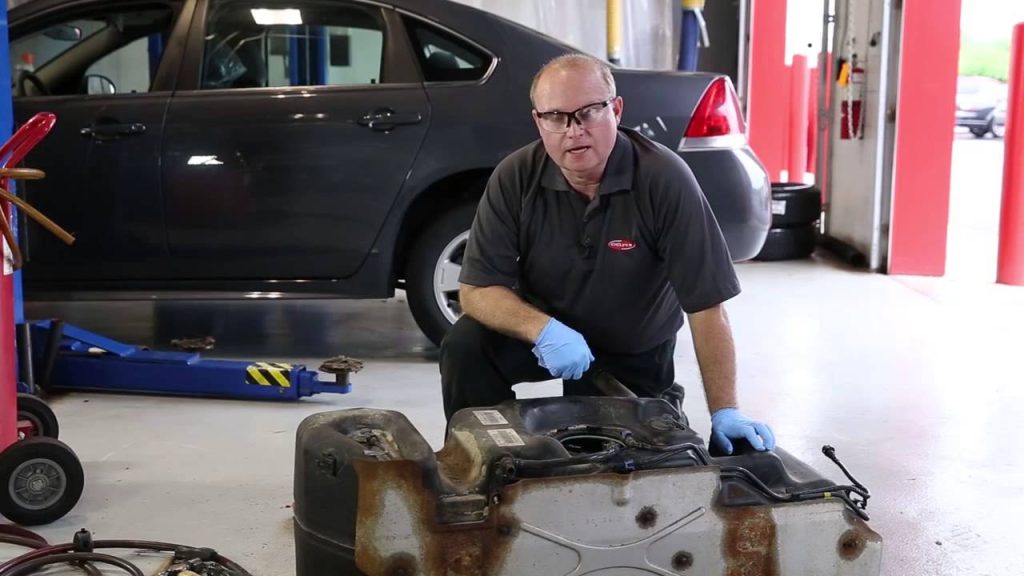
Here’s where our vinegar and baking soda to clean fuel tank trick comes in handy. After the tank is removed, fill it up with a mixture of white vinegar and baking soda. The ratio of vinegar to baking soda should be about 9:1. The chemical reaction between vinegar and baking soda efficiently removes dirt, grime, and rust.
Leave this mixture in the tank for about 24 hours. After that, thoroughly rinse the tank with clean water and let it dry completely before reinstalling it.
Rinse and Dry

After cleaning, rinse the tank thoroughly with water, then dry it as much as possible. It’s important to ensure that no water remains in the tank before you reinstall it.
Reinstall the Tank

Once the tank is dry, carefully reinstall it. Make sure all fuel lines and attachments are securely connected.
How Often Should The Fuel Tank Be Cleaned?
While it depends on a variety of factors like the quality of fuel used and your driving habits, it’s a good practice to clean your car’s fuel tank every 5 years or 50,000 miles, whichever comes first. Regular cleaning ensures that any buildup of dirt or sludge is removed before it can cause significant issues.
Dirt in Fuel Tank Symptoms
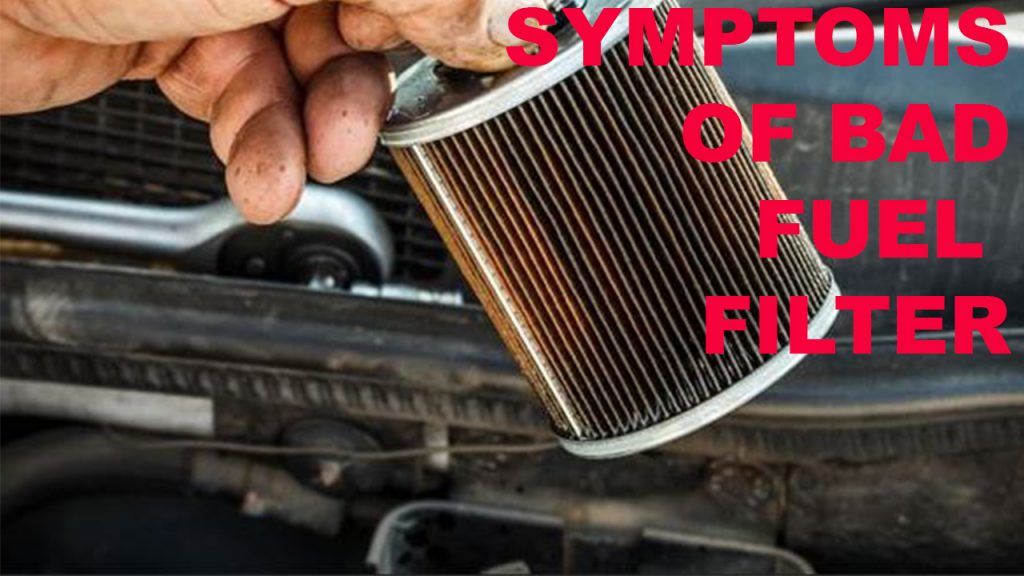
The following are some signs that your car’s fuel tank might be dirty and needs cleaning:
Bad acceleration: If your car seems sluggish and does not accelerate as quickly or smoothly as it used to, it might be due to dirt or sludge in the fuel tank.
Trouble while starting the engine: The impurities in the fuel can obstruct the fuel supply, causing the car to struggle while starting.
Engine stops running: The engine might unexpectedly stop running, especially at high speeds, due to inadequate fuel supply caused by blockage from impurities.
Foul Fuel Smell: If you notice a strange smell coming from your vehicle, especially when filling up, it could be due to a buildup of debris in the tank.
Incorrect gas gauge reading: Dirt or rust can cause mechanical issues in the fuel tank, leading to incorrect readings on the gas gauge.
Recognizing these symptoms early can help avoid costly repairs and maintain your vehicle’s performance. Now that you are aware of the symptoms, let’s move to the how-to section and learn how to clean a fuel tank without removing it.
How to Clean a Fuel Tank Without Removing It
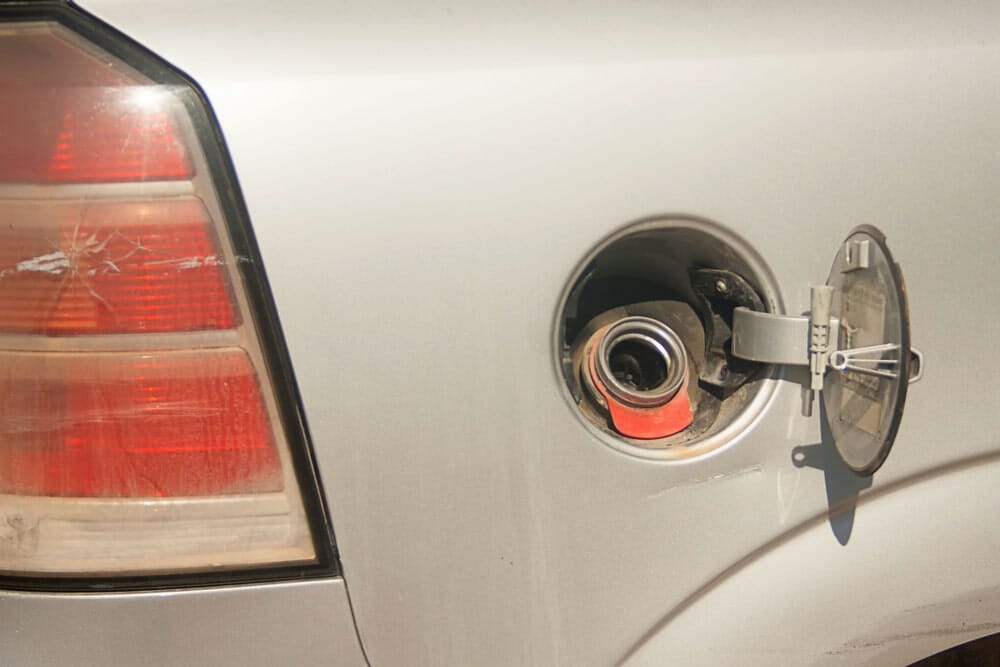
Cleaning your car’s fuel tank may seem daunting, but it is a fairly simple process that can be done without removing the tank. Here is a step-by-step guide:
Step 1: Disconnect the fuel tank lines
Ensure that your car is off and safely secured. Use a wrench to disconnect the fuel lines attached to the tank.
Step 2: Drain the fuel tank
Using a hand pump, carefully drain the remaining fuel into a certified container for proper disposal.
Step 3: De-grease your fuel tank
Spray a non-flammable degreaser into the fuel tank, then scrub the inside using a long brush.
Step 4: Pressure wash your fuel tank
Use a pressure washer to thoroughly clean the inside of the tank. This helps to remove any remaining dirt or grime.
Step 5: Add a cleaning solution
Fill the tank with a cleaning solution designed for fuel tanks and shake it thoroughly. This will help to break down any residual grime.
Step 6: Leave the tank
Leave the cleaning solution in the tank for a period recommended by the cleaning solution manufacturer.
Step 7: Rinse the fuel tank
Once the cleaning solution has done its job, rinse the tank thoroughly with water.
Step 8: Dry the fuel tank
Finally, use a high-powered dryer to fully dry the inside of the tank, ensuring there’s no moisture left that could cause rust.
Professional Fuel Tank Cleaning Services

While cleaning your car’s fuel tank is something you can do yourself, it does require a degree of mechanical knowledge and comfort working with fuel systems. It’s not an overly complicated process, but if done incorrectly, it could potentially lead to further problems.
If you don’t feel comfortable tackling this task yourself, there’s no need to worry. There are numerous professional services available that can handle this task for you. Utilizing a professional service ensures that the job is done correctly and safely. Many mechanics and automotive service centers offer fuel tank cleaning as a standard service.
Moreover, professional services have the right tools and expertise to handle the job. Some even use advanced techniques such as ultrasonic cleaning, which uses ultrasonic waves to dislodge dirt and debris from the fuel tank.
If you’re considering using a professional service, it’s a good idea to shop around and get quotes from different providers. As with any service, prices can vary, and it’s always a good idea to get the best value for your money.
Preventative Measures
While regular cleaning of your fuel tank is a great way to ensure the health of your car, there are a few preventative measures you can take to reduce the likelihood of dirt and debris building up in the first place:
- Quality Fuel: Always use high-quality fuel from a trusted provider. Low-quality fuel can often contain higher levels of impurities which can lead to a build-up of sediment in the tank.
- Fuel Additives: Certain fuel additives can help to clean your fuel system, including the tank. They work by breaking down the build-up of deposits, allowing them to be burned off when you run your car.
- Regular Inspections: Regularly inspect your fuel tank and the surrounding area for signs of damage, such as rust or leaks. Addressing these issues early can prevent more serious problems down the line.
Conclusion
So there you have it, a detailed and comprehensive guide on why and how to clean your car’s fuel tank. Maintaining a clean fuel tank is a crucial aspect of vehicle maintenance that should not be overlooked. Regularly cleaning your car’s fuel tank can result in improved engine performance, better fuel efficiency, and increased vehicle lifespan.
The do-it-yourself approach using a mixture of vinegar and baking soda to clean fuel tank is an efficient and cost-effective way to remove dirt and grime from your fuel tank. Remember, safety first. Always wear protective gear and work in a well-ventilated area.
However, if you’re hesitant about removing and reinstalling the fuel tank, it’s highly recommended to seek the assistance of a professional. Car maintenance can seem daunting, but with a little bit of knowledge and effort, it can go a long way toward ensuring your vehicle runs smoothly and efficiently.
Just as you wouldn’t neglect to clean the interior or exterior of your car, don’t forget about the parts that aren’t visible. Remember, why keeping your car clean is important isn’t just about appearances; it’s about maintaining its overall health and performance. Start incorporating the fuel tank into your regular cleaning routine, and your car (and wallet!) will thank you for it.











